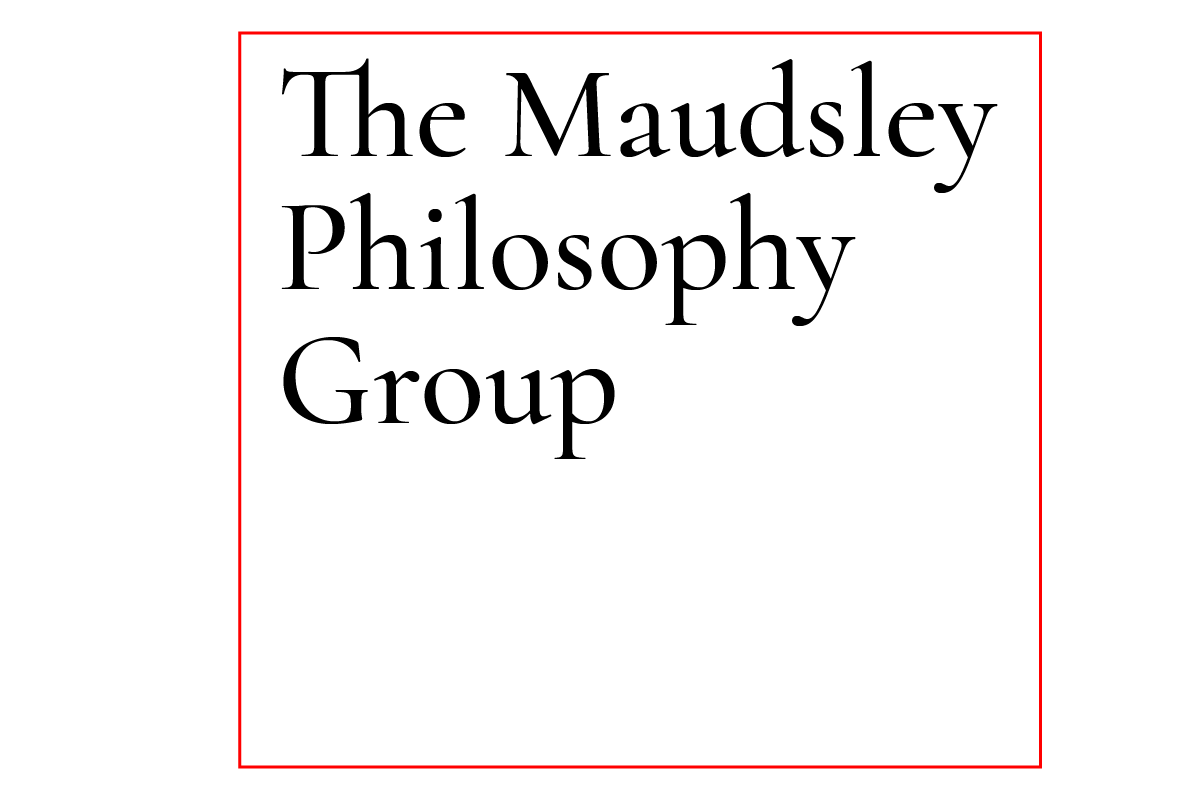Dr. Quinton Deeley
June 2018
Witchcraft as a historical and cultural phenomenon, and paranoia as a clinical phenomenon, both involve attributions that others intend harm.
Paranoid delusions are unfounded beliefs that are nevertheless held with conviction and are usually preoccupying and distressing.
Anthropological and historical accounts tend to view witchcraft beliefs as cultural imaginaries involving the attribution of misfortune to occult human agency.
Paranoid ideation, and witchcraft attributions, are more common under conditions of social and psychological stress. Research has identified specific psychological causal factors, and dysregulated mesolimbic dopamine system, as implicated in the emergence and maintenance of paranoid ideation.
These psychological and neurobiological processes may also be implicated in the interpretation of misfortune as due to witchcraft, particularly in the context of social conflict and psychological stress. These proposals require further research into the role of psychological processes, and the cognitive effects of arousal systems, in intensifying the salience of witchcraft attributions in the context of culturally learned responses to conflict and perceived misfortune.
Equally, anthropological and historical accounts of witchcraft show how cultural learning and social contexts inform interpretation of the world, including under conditions of social conflict and stress.
These approaches are relevant to understanding social and cultural influences on paranoid ideas and beliefs. Re-embedding the psychology and neurobiology of paranoia in social and cultural processes is relevant to considering what should count as pathology in the context of human variation
